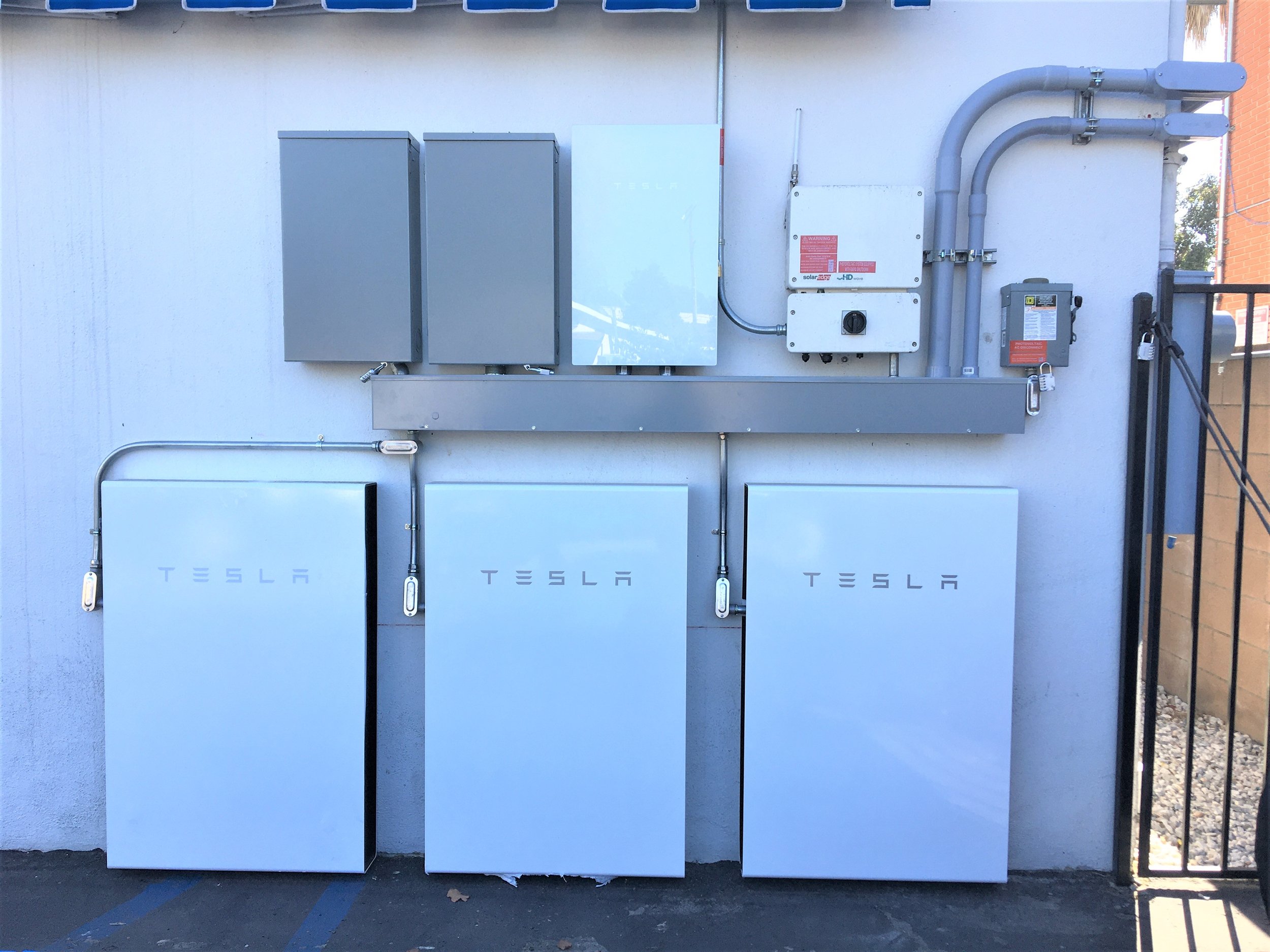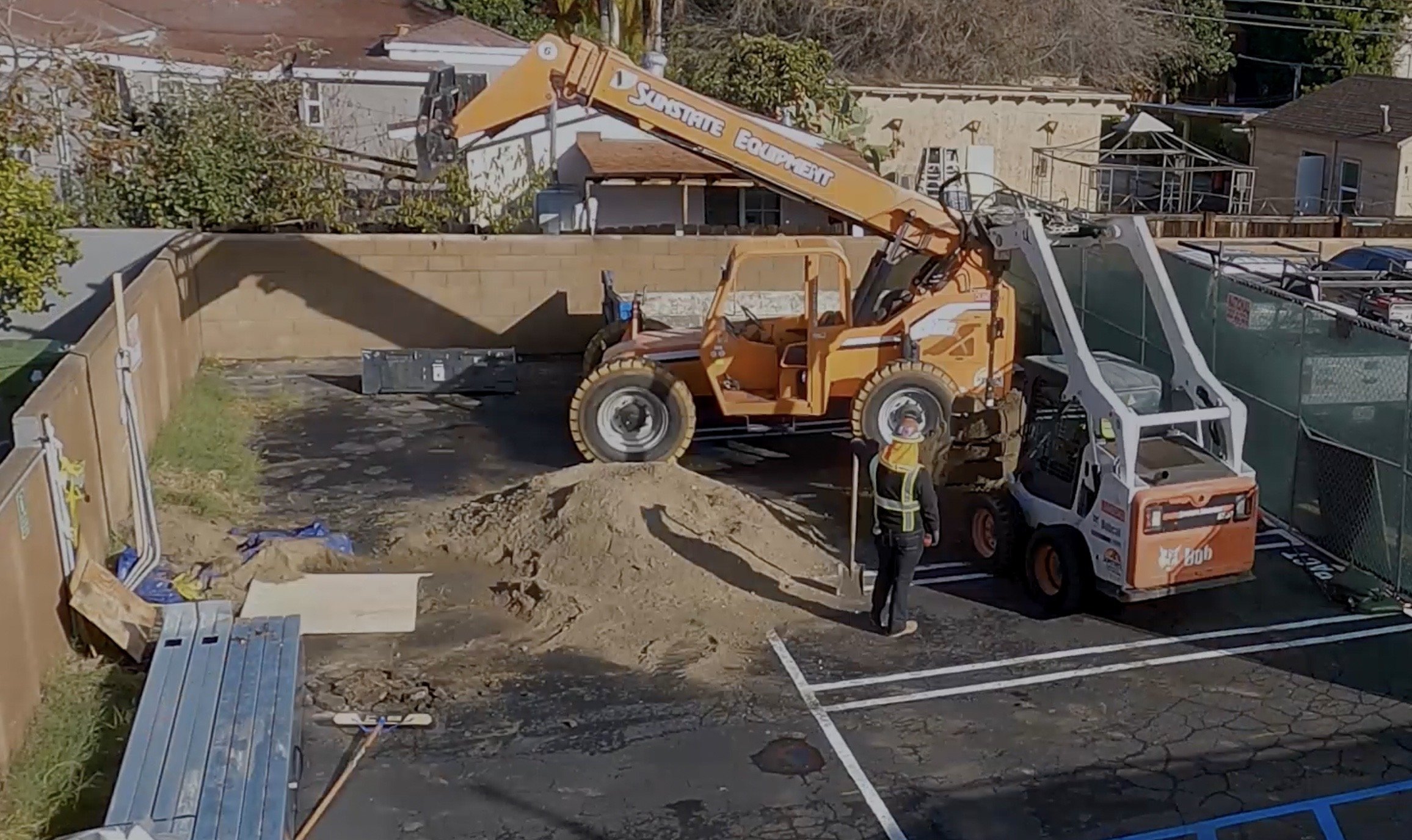How do we keep working through a blackout?
Part of our journey towards sustainability and resiliency emerged from our experiences with the power grid in the summer of 2019, when the Holos Communities (then Clifford Beers Housing) offices were impacted by power outages. During one incident, the City’s power grid went down as a result of the tremendous heat, and we experienced an extended blackout.
Unfortunately, the blackout coincided with staff working towards a critical deadline.
Coincidentally, we had a large portable generator in the office that we purchased to provide power at a groundbreaking event a few weeks before. By employing that generator, the staff was able to keep the wi-fi and printer going for about four hours and were able to meet our deadline.
This experienced sparked the realization that our offices, as well as our properties, were vulnerable to extreme weather and needed to be much more resilient in the face of emergencies and the increasing likelihood of blackouts, as a result of global warming.
Electricity is crucial in the case of emergencies - it’s what helps people stay cool, access communication, and keep essentials like food and medicine cold. We did research on how to ensure access to electricity and found that solar panels routed into local battery storage were the best option that avoided the need to store and burn fossil fuels.
Staff discussed these initial ideas and findings with the Board of Directors at the end of 2019 and discuss how to best increase the resilience of our offices. In the end, we decided the best course of action would be to install 21 rooftop solar panels, 18 solar panels on a solar carport, 3 back up Tesla batteries, and two Electric Vehicle (EV) charging stations. This process is nearly complete and May 2022 was the first month that we generated more kilowatts than we used (900 kWh consumed, 1130 kWh generated).
Additionally, with the installation of the solar carport and batteries, we have access to new amounts of data on our energy consumption and production! Thanks to automatically-generated reports, we have access to metrics of electricity consumption, generation and storage, including peak usage and generation times. This has also increased our awareness of how our behavior can contribute to increased efficiency.




